A Beauty Straight Out of a Black-and-White Dream
There are certain faces that seem like they were sculpted by old Hollywood itself — timeless, elegant, and wrapped in a dreamy haze of silver screen magic. Pamela Tiffin was one of those unforgettable faces. With deep, expressive eyes and a mane of golden hair that shimmered on screen, she was the embodiment of romantic cinema during the 1960s. Her beauty didn’t shout; it whispered with grace. She didn’t chase attention — she held it, effortlessly.
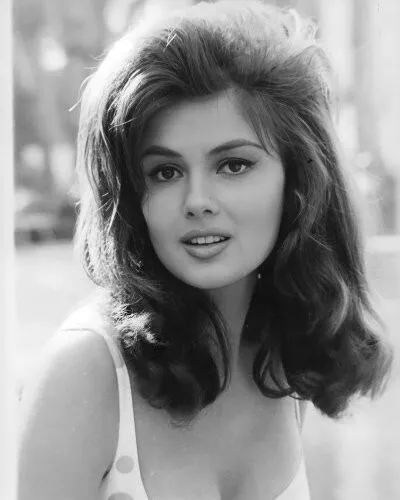
The Unexpected Rise of a Classic Icon
Pamela Tiffin didn’t plan on becoming a movie star. In fact, she originally set her sights on modeling. Born in Oklahoma City on October 13, 1942, Pamela moved to New York to pursue fashion and runway work. That all changed when a trip to Hollywood turned into a serendipitous casting opportunity — one that led straight into the arms of legendary director Billy Wilder.
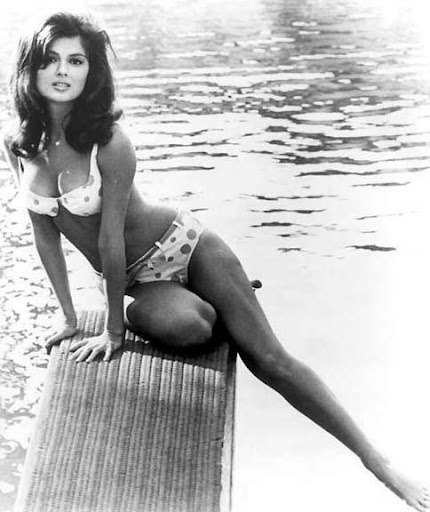
Her breakout role in One, Two, Three (1961), opposite James Cagney, didn’t just put her on the map — it launched her into cinematic royalty. She played the role of Scarlett Hazeltine, a naive American girl in Berlin, with a mix of comedic brilliance and magnetic charm. Audiences fell for her — fast.
Video: Pamela Tiffin in HARPER
Grace Meets Intelligence on the Silver Screen
Pamela had the kind of presence that couldn’t be taught. There was an innocence to her characters, yes, but never emptiness. She brought wit, warmth, and intelligence to every role — proving she was more than just a beautiful face. Films like State Fair (1962), The Pleasure Seekers (1964), and For Those Who Think Young (1964) showcased her range — from musical charm to romantic flair and classic comedic timing.
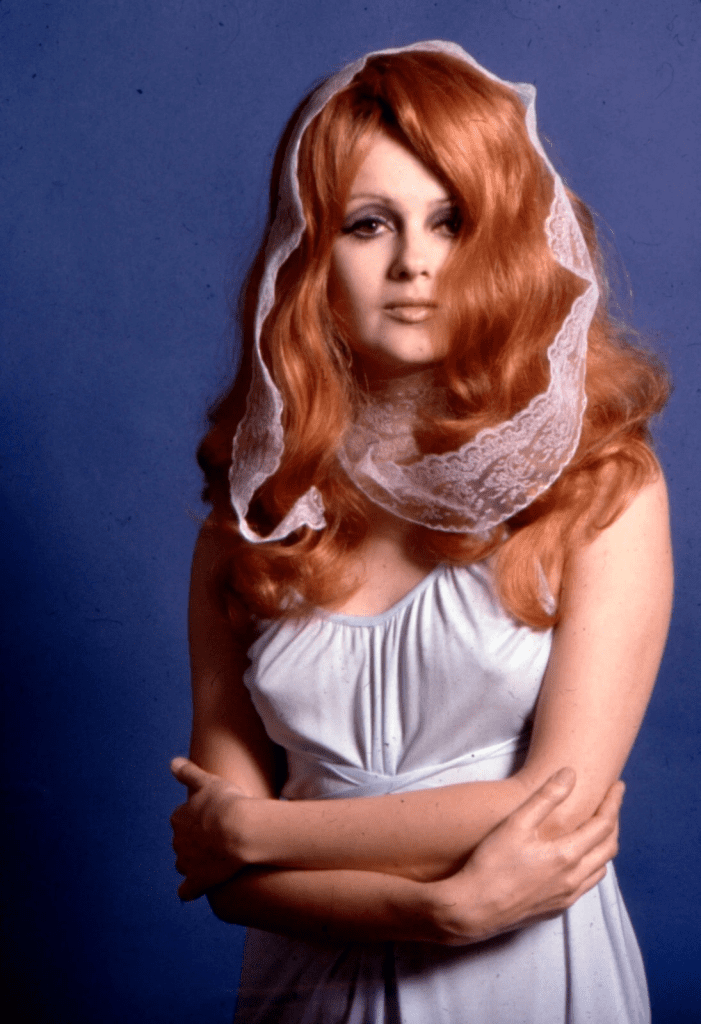
She wasn’t just the girl next door. She was the girl you couldn’t take your eyes off of. The one who brought light into every frame, but with an undercurrent of mystery that left you wanting to know more.
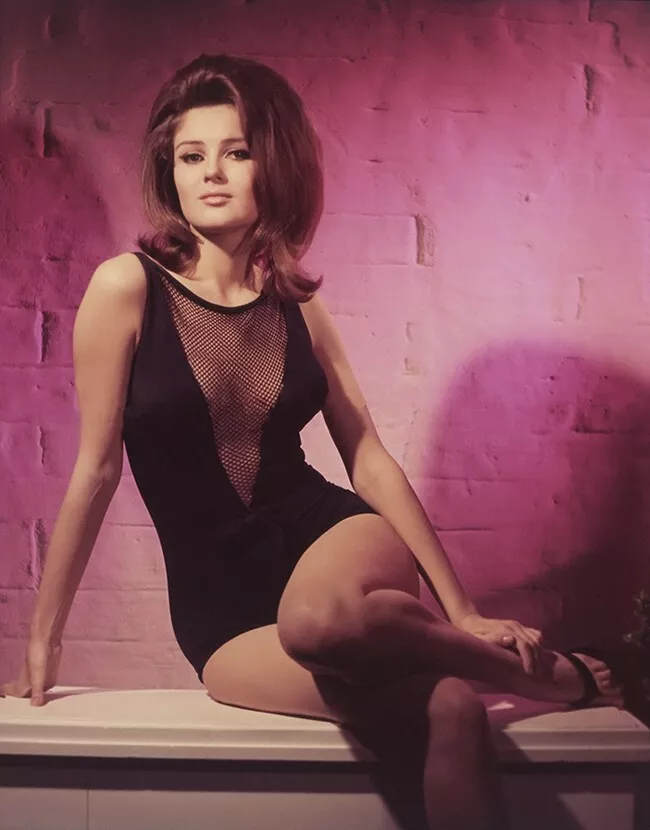
A Muse of the ’60s Who Broke the Mold
While the ’60s were filled with big personalities and bold actresses, Pamela carved out a softer, more hypnotic path. Her screen persona balanced allure with a kind of poetic detachment. She was glamorous but never forced. Sexy but never brash. Her beauty felt like a dream you didn’t want to wake up from — which made her perfect for a decade that flirted with both innocence and revolution.

She also didn’t play the Hollywood game the way others did. After her early success in American films, Pamela made a bold move — she left Hollywood and found creative freedom in Europe, particularly in Italian cinema. There, she starred in films like Torture Me But Kill Me with Kisses (1968), embracing quirky scripts and experimental storytelling.
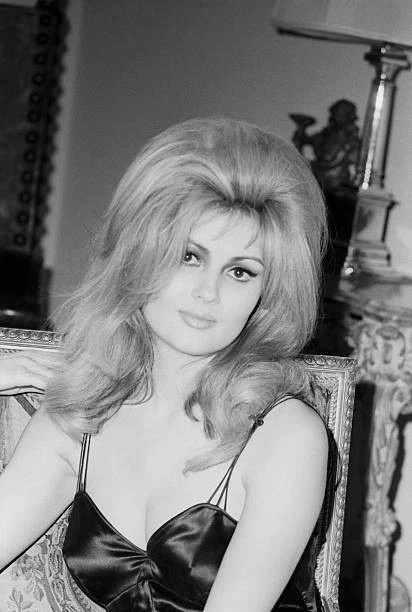
More Than Just a Starlet — A Woman of Substance
Behind the camera, Pamela Tiffin was sharp, articulate, and fiercely independent. In interviews, she spoke candidly about how the industry often typecast women, and she wasn’t afraid to challenge the system. That refusal to be boxed in is what made her special — she never traded her identity for fame.

She also held a deep passion for literature, art, and travel. In an era where many actresses were simply seen and not heard, Pamela was reading Dostoevsky, debating politics, and seeking a life beyond the screen.

Life Beyond the Spotlight
After a whirlwind of film roles throughout the ’60s and ’70s, Pamela gradually stepped back from acting. She married Edmondo Danon, the son of an Italian film producer, and made Italy her home for many years. Though she disappeared from the Hollywood spotlight, she never truly faded from memory.

Pamela raised a family, embraced European culture, and explored her passions outside of film. She lived with intention — not as a celebrity, but as a woman who had seen the world, experienced its extremes, and chosen peace over pressure.
Video: La Vida y El Triste Final de Pamela Tiffin
A Legacy Etched in Cinematic Gold
Pamela Tiffin passed away in December 2020, but her legacy remains untouched. Fans still revisit her films with awe. New generations discover her and ask: “Who was that woman?” Because even today, there’s something mesmerizing about her — something the modern screen just can’t replicate.

She belonged to an era that can never be repeated, not just because of the aesthetics, but because of the feeling. Watching her on screen feels like leafing through an old love letter — graceful, nostalgic, and heartbreakingly beautiful.

Conclusion: Pamela Tiffin, Forever the Muse of a Golden Era
Pamela Tiffin wasn’t the loudest, the flashiest, or the most talked about. But she was the one who lingered. The one whose presence made films feel lighter, richer, and more magical. She captured the essence of 1960s cinema in a way that no one else could — with quiet power, romantic charm, and a timeless glow.

In a world chasing the next trend, her legacy reminds us that true beauty is eternal. And that some stars don’t burn out — they simply become part of the atmosphere.
Would you like a second version of this article with a poetic storytelling tone or one that focuses more on her European film era?